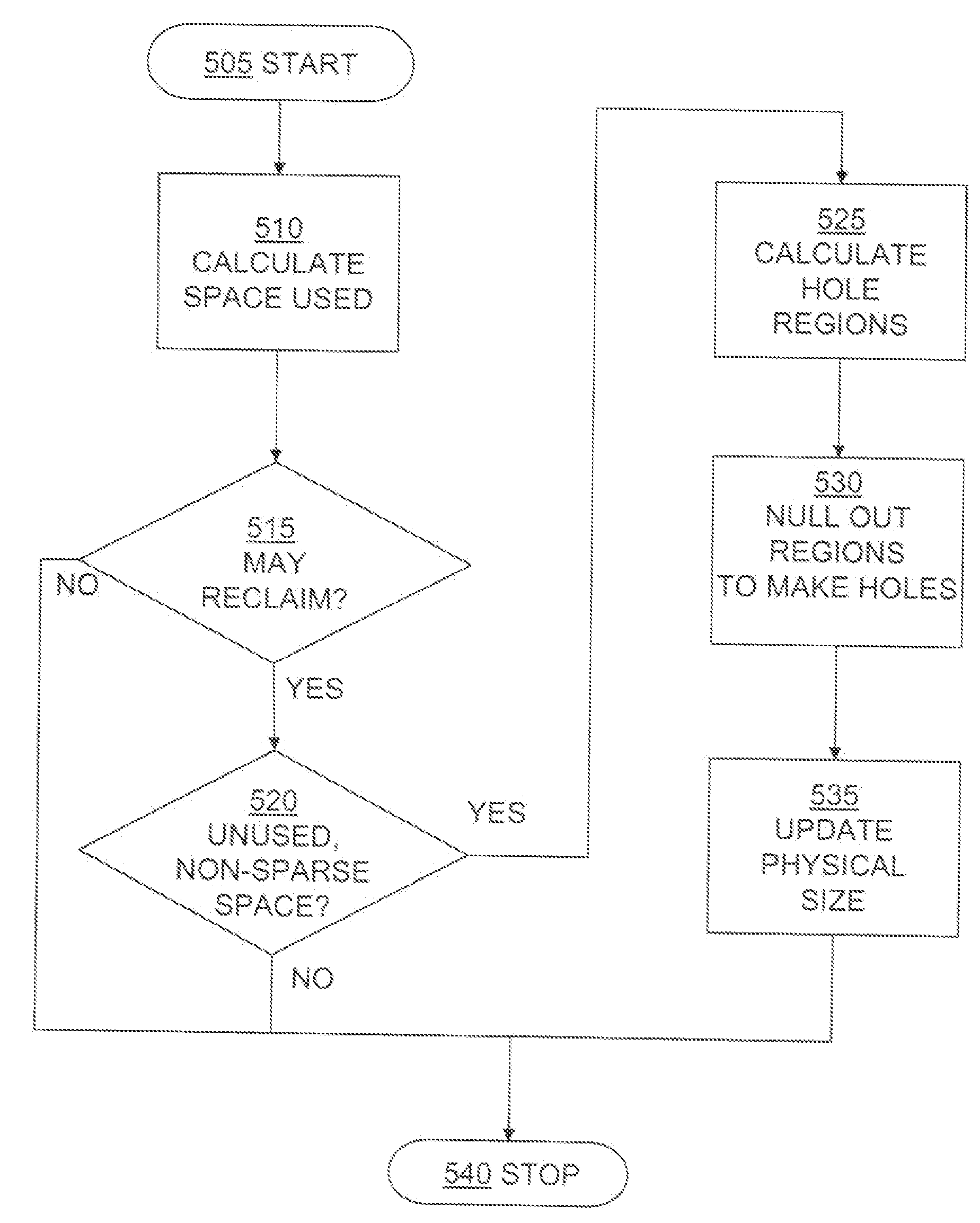Sequential Media Reclamation and Replication
a sequential storage media and sequential technology, applied in the field of data storage management, can solve the problems of creating a logical vacancy, logical vacancies to develop in the storage volume, and logical vacancies that cannot be reused
- Summary
- Abstract
- Description
- Claims
- Application Information
AI Technical Summary
Benefits of technology
Problems solved by technology
Method used
Image
Examples
Embodiment Construction
[0019]As illustrated by FIGS. 4-1 and 4-2, a storage management system 400 may have a set of clients 405 connected to a storage management server 410. The server 410 includes a processor and a memory, such as random access memory (RAM). The server 410 operates under control of an operating system stored in the memory, such as z / OS®, Linux®, Unix®, Windows®, Mac OS®, or other operating system. The server 410 preferably is in communication with database 425.
[0020]The present invention preferably may be a computer program product stored on a computer useable medium (such as a disk) with instructions which are read and executed by the storage management server 410 (or other type of computer), causing the server to perform the steps necessary to implement or use the present invention. The computer program or the operating system may also be tangibly embodied in the server's memory or accessed over a network. The present invention may also be a method for performing the steps necessary to...
PUM
 Login to View More
Login to View More Abstract
Description
Claims
Application Information
 Login to View More
Login to View More - R&D
- Intellectual Property
- Life Sciences
- Materials
- Tech Scout
- Unparalleled Data Quality
- Higher Quality Content
- 60% Fewer Hallucinations
Browse by: Latest US Patents, China's latest patents, Technical Efficacy Thesaurus, Application Domain, Technology Topic, Popular Technical Reports.
© 2025 PatSnap. All rights reserved.Legal|Privacy policy|Modern Slavery Act Transparency Statement|Sitemap|About US| Contact US: help@patsnap.com



